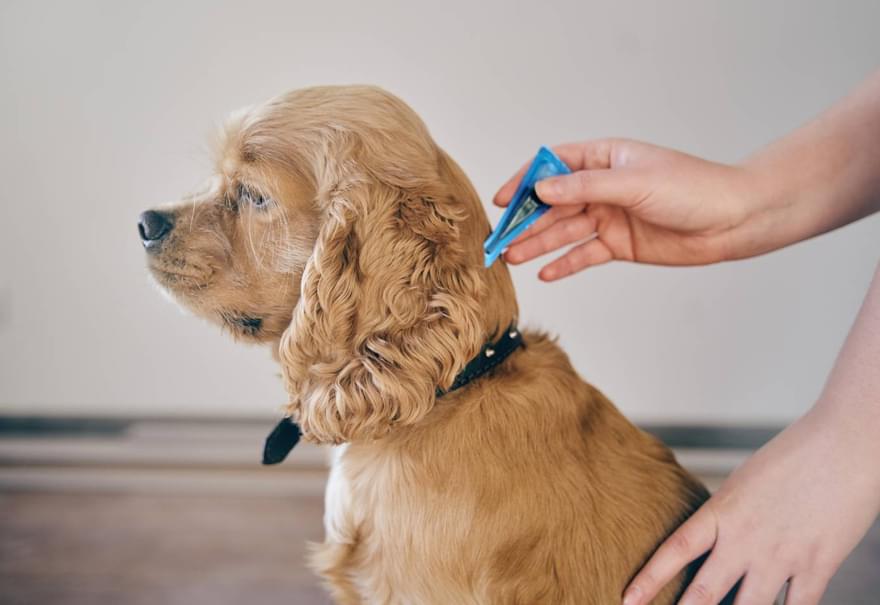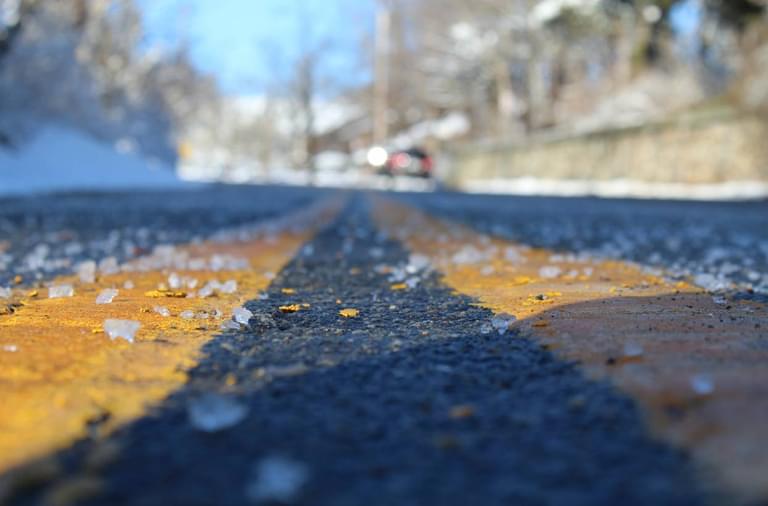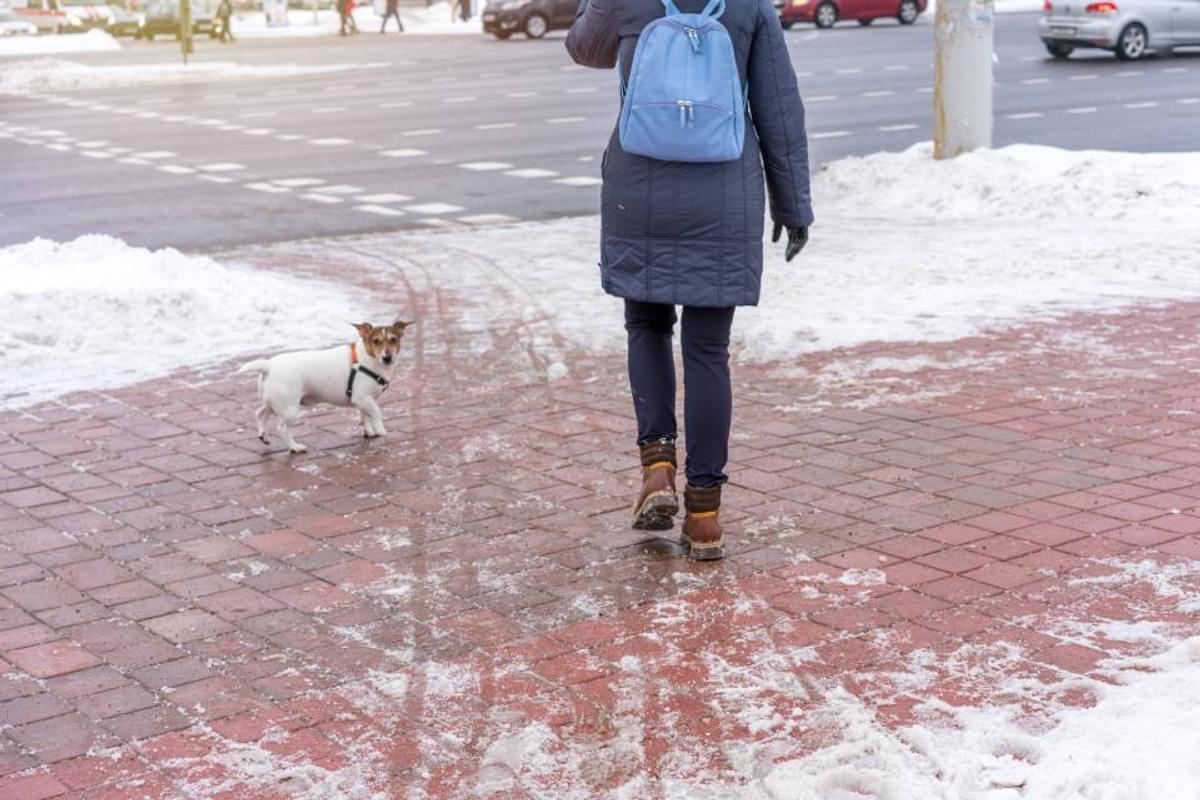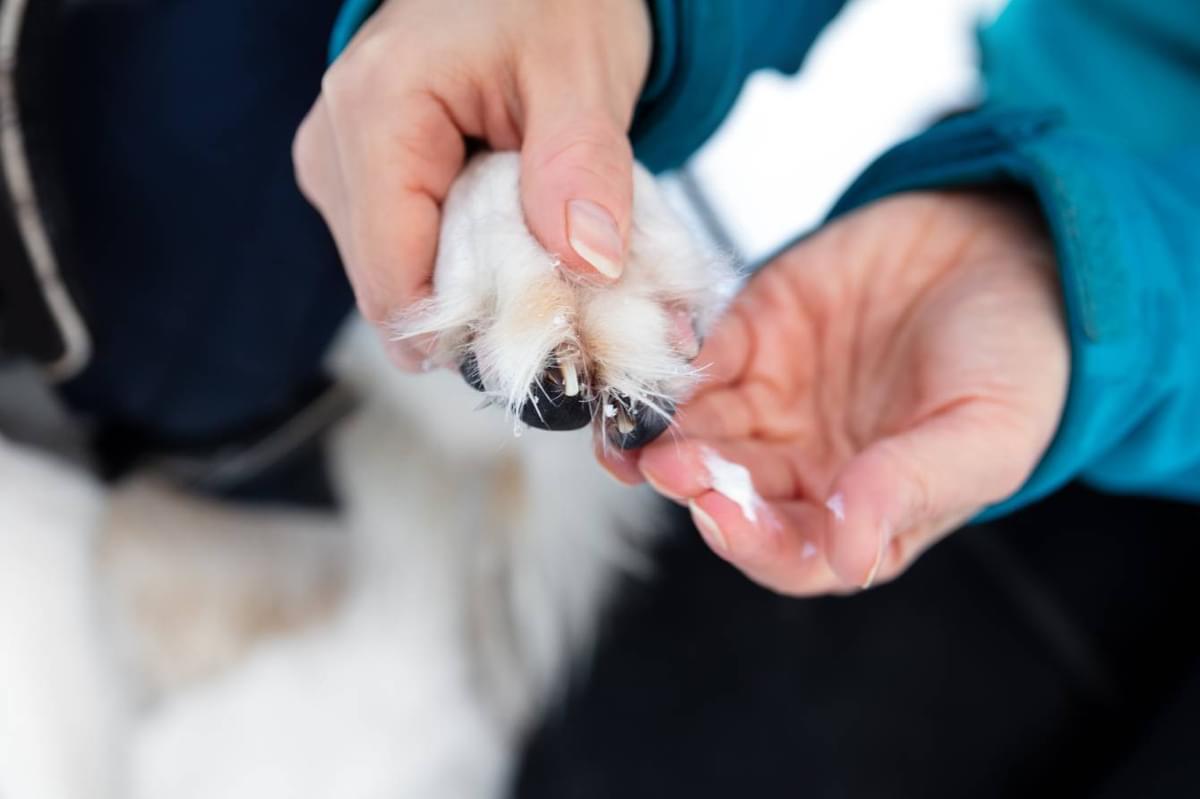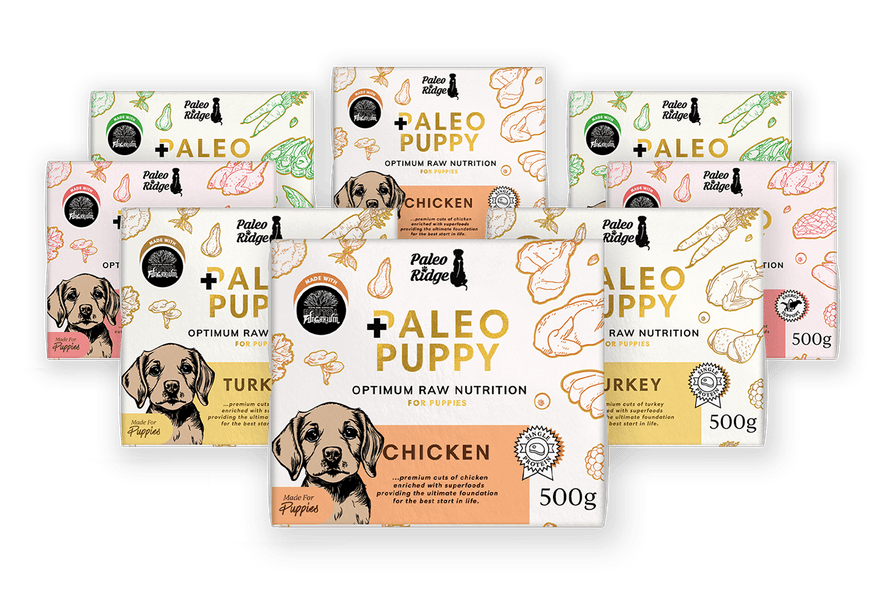Gritting the roads to prevent ice formation is absolutely essential for the safety of our drivers and pedestrians too. However, road grit is made up of salt (sodium chloride) and other additives such as calcium chloride.
As you are well aware, our furry best friends walk with their paws firmly on the ground and during gritting season, they will most likely have some salt residue on their paws and in their fur.
Dogs tend to have a grooming session after they get home from a walk, if they lick their paws and fur which contains road grit, ingestion of this can cause some serious issues. Not only this but the grit can cause skin to become dry and cracked causing it to become sore and potentially infected.
